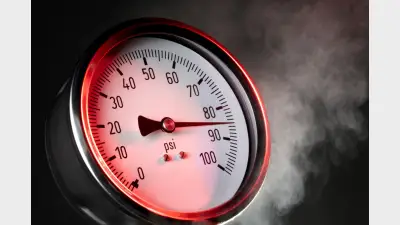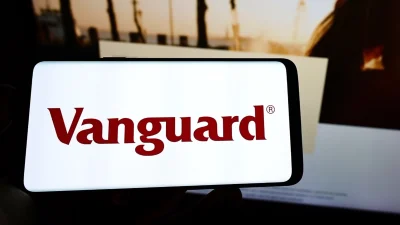Active funds underperform: Stockspot



The great debate between active versus passive funds had strengthened, as 77 per cent of Australian active managed funds had underperformed against the index, over a five-year period.
Such was the opinion of Stockspot founder and chief executive, Chris Brycki, who added that even in the United States, 88 per cent of managed funds had underperformed.
It was a poor consistent trend that would continue this year, so advisers needed to do their homework, he said.
"There are so many fund managers competing. It's a difficult equation. Over the last 20 years, the amount of fund managers had doubled, but that doesn't mean that those fund managers can double the market," he said.
The issue was that the fund manager market was saturated.
"They can't [all] beat each other, [possibly why] there had been a lot of money going out of the active market and into exchange traded funds (ETFs)," he said.
"If we put our client's money in active funds, we would be actively losing money for them," he said.
Interestingly, those active funds managers who also recently did well, tended to do poorly going forward, another reason why it was difficult to pick an active fund manager, he said.
Recommended for you
The use of total portfolio approaches by asset allocators is putting pressure on fund managers with outperformance being “no longer sufficient” when it comes to fund development.
With evergreen funds being used by financial advisers for their liquidity benefits, Harbourvest is forecasting they are set to grow by around 20 per cent a year to surpass US$1 trillion by 2029.
Total monthly ETF inflows declined by 28 per cent from highs in November with Vanguard’s $21bn Australian Shares ETF faring worst in outflows.
Schroders has appointed a fund manager to its $6.9 billion fixed income team who joins from Macquarie Asset Management.










